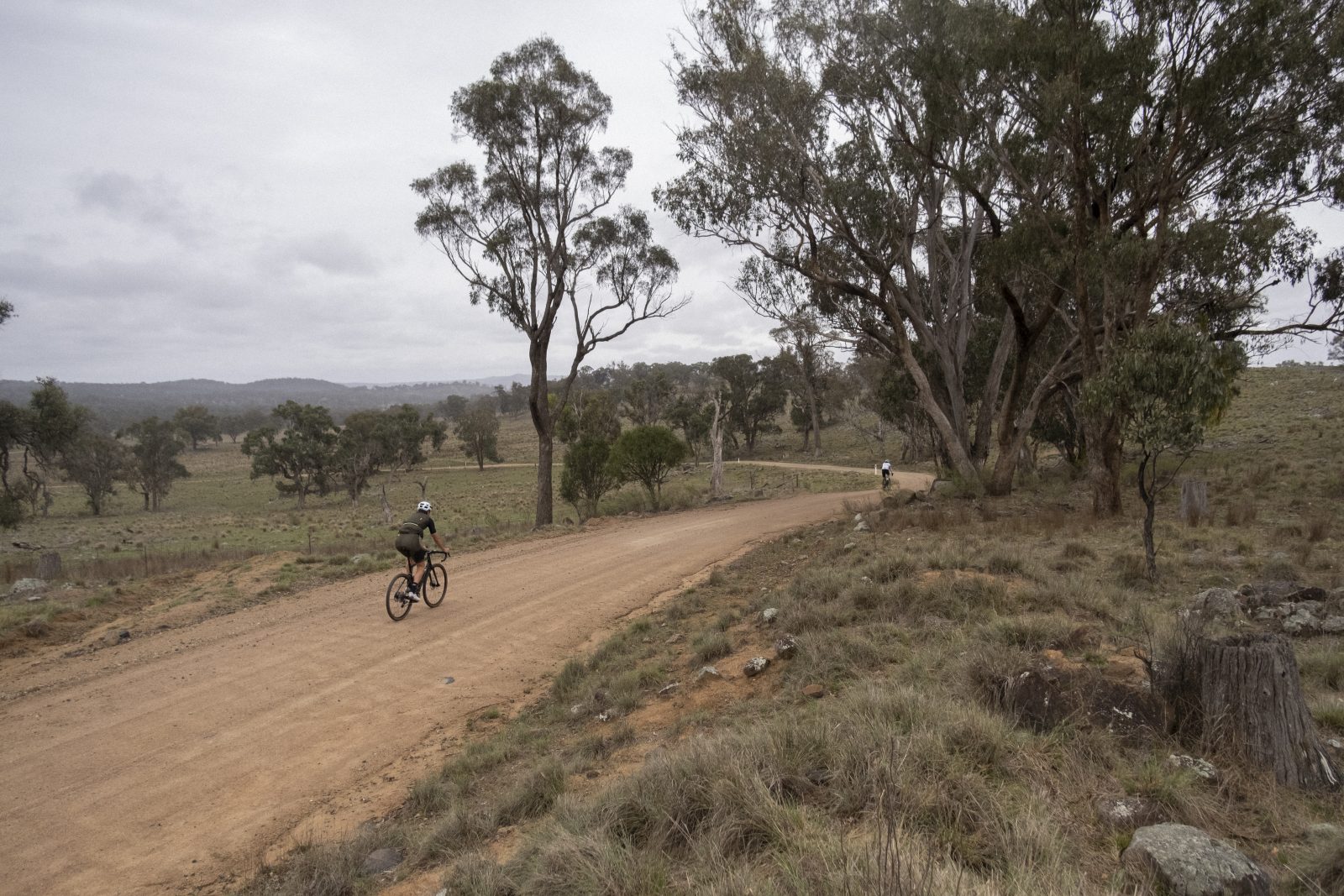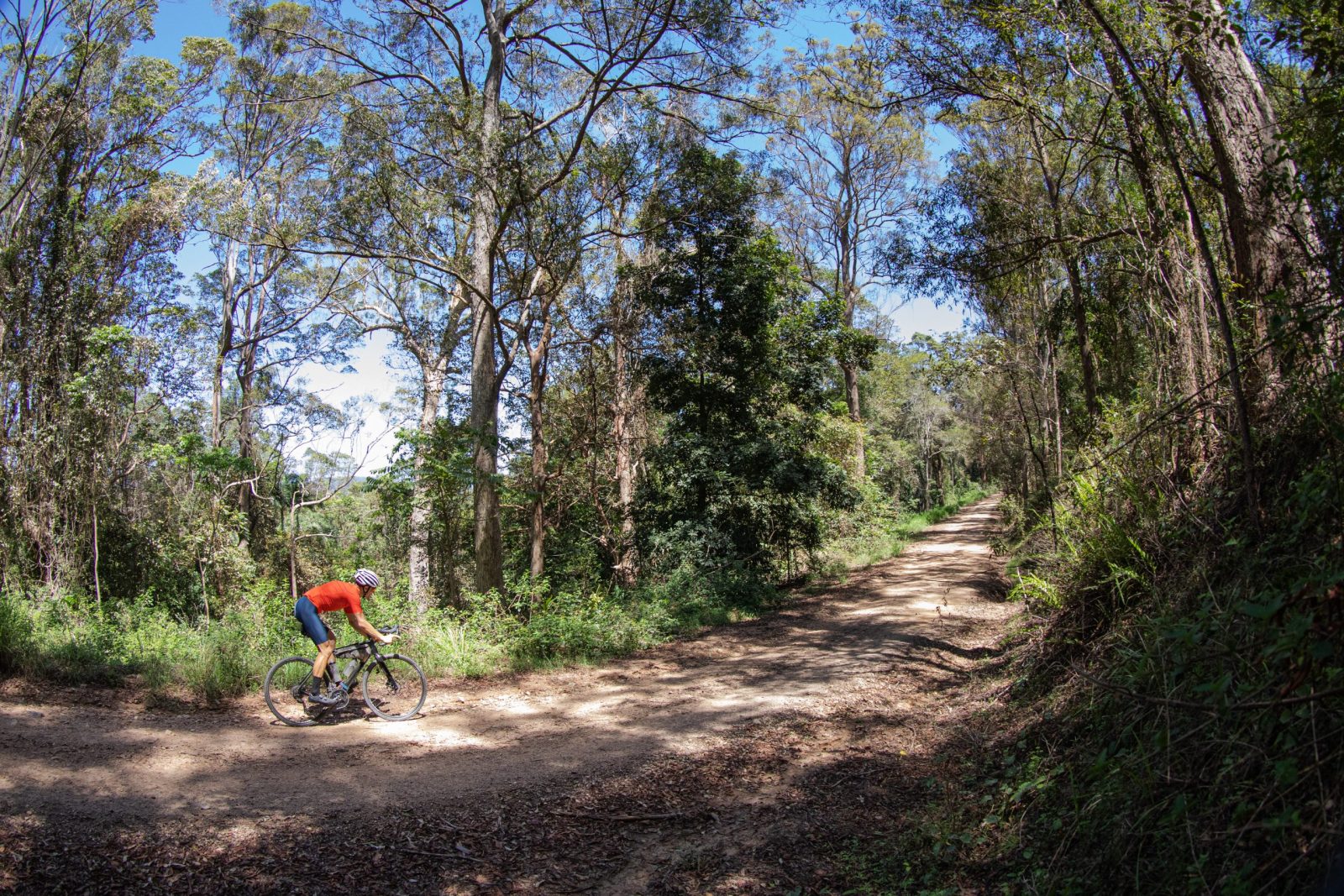With the cooler months rapidly on approach, Cyclist sat down with sports performance dietician and sports physiologist Gary Slater to get the scoop on how to tackle your next Big Ride.
Cyclist: There’s a tendency for many cyclists to drink less fluid than necessary for peak performance during cooler conditions – due to the sensation of sweating less. With the body also working hard to stay warm, should we in fact be drinking and eating more?
Gary Slater: There is some evidence in some sports that levels of dehydration do not change too much between the summer & winter months, in part because of the perception that fluid needs decrease dramatically in the cooler months. Granted, sweat losses tend to be lower in the cooler months but perhaps not as much as some athletes believe. Remaining well hydrated throughout the day & drinking according to thirst while riding is great advice throughout both the summer & winter months.
Moderating fluid intake in winter can also mean moderating fuel intake if you are sourcing most of your carbs from sports drinks during a ride. This can compromise work capacity on the bike (especially during longer rides when fuel supplies are challenged) because fuel needs don’t really change between summer & winter.
To maintain fuel supplies when fluid needs are lower, sports foods like an energy bar &/or energy gel can be particularly valuable. A gel or sports bar providing 30g of carbs offers the same fuel as ~400ml of sports drink. Alternatively, whole foods like a sandwich, muesli/cereal bar or large banana offer similar amounts of fuel to a gel or bar.

Cyclist: You’re someone who’s not a great morning person and often leaves the house without being adequately fuelled. What’s your recommendation for an easy to digest pre or on the bike beverage that will top up the fuel stores?
Gary Slater: Nutrient rich drinks like shakes or smoothies can be particularly valuable for cyclists who struggle to eat before a training session. A blend of oats or breakfast biscuits, milk, honey & a piece of fruit like a banana provides a great mix of carbs and protein to fuel the body, plus an array of other important nutrients.
Need a further pick me up? Add a shot of coffee to your smoothie.
Liquids are absorbed quicker than foods so there’s less chance of feeling uncomfortable on the bike. Need something even more convenient… add a few scoops of a carb-protein sports powder like Etixx Complex Training Shake or recovery shake to a shaker bottle & mix with water.
If you really can’t tolerate anything before getting on the bike, then making use of a sports drink will be even more important to fuel your session, especially those sessions longer than 60-90 minutes. To maintain good oral hygiene practices, always use a water chaser every time you take a sip of a sports drink.

Cyclist: You’re heading out for a ride that will take around five hours to complete. The pace will be fairly moderate (for your ability) and you’ll also have to tackle around 2,000-2,500m of climbing. What should one be drinking/eating on the ride to ensure you’re giving your body everything it needs to push through till the end?
GS: Fuel needs on the bike will depend on the intensity & duration of the session. As a general guide to fuel needs on the bike, follow the model below.
| Session | Carbohydrate Recommendations | Specific Comments |
| 0-60 min | Nil or minimal | No fuel needs necessary, water adequate |
| 75-120 min | 30g/hour | 30g = 1 energy gel, 1 energy bar, 500ml Etixx Isotonic |
| 120-180 min | 60g/hr | |
| >180 min | 60-90g/hr | Multiple carbohydrate sources necessary when aiming for a carb intake >60g/ hr* |
*Specialised sports foods with multiple transportable carbohydrate sources are necessary. For example, Etixx Isotonic has a blend of both glucose & fructose in a ratio of 2 parts glucose to 1 part glucose. This 2:1 ratio has been shown to allow up to 90g of carbs to be absorbed & metabolised per hour, important for longer, more intense rides when fuel supplies will be challenged. Single carb source supplements are perfectly fine for shorter sessions when fuel needs are less extreme.
Cyclist: They say that drinking a serving of chocolate milk can be one of the best recovery drinks. What makes a specific recovery beverage any better?

GS: Nutrition plays a key role in supporting overall recovery needs, especially when recovery times are short. Key goals in recovery are to rehydrate, refuel & repair. Aggressive rehydration demands any ingested fluid is co-ingested with sufficient electrolytes (especially sodium) to ensure the ingested fluid is better retained in the body.
What may come as a surprise to you is the fact that milk has more electrolytes and sodium than a sports drink. What’s more, flavoured milk has valuable amounts of carbohydrate to support refuelling & high quality protein to promote muscle repair. Taken together, flavoured milk is an excellent recovery choice in an easily accessible package.
For smaller athletes or those on a tighter energy budget options with less sugar are preferred. Alternatively, a carb-protein powder or recovery shake might be a preferred option for those on the go where a compact, convenient option is sought. To complement overall recovery goals, match a post-training flavoured milk with another meal within the following 1-2 hours.
For additional pre, during and post-ride fuelling advice, head to Etixx – Cycling.


